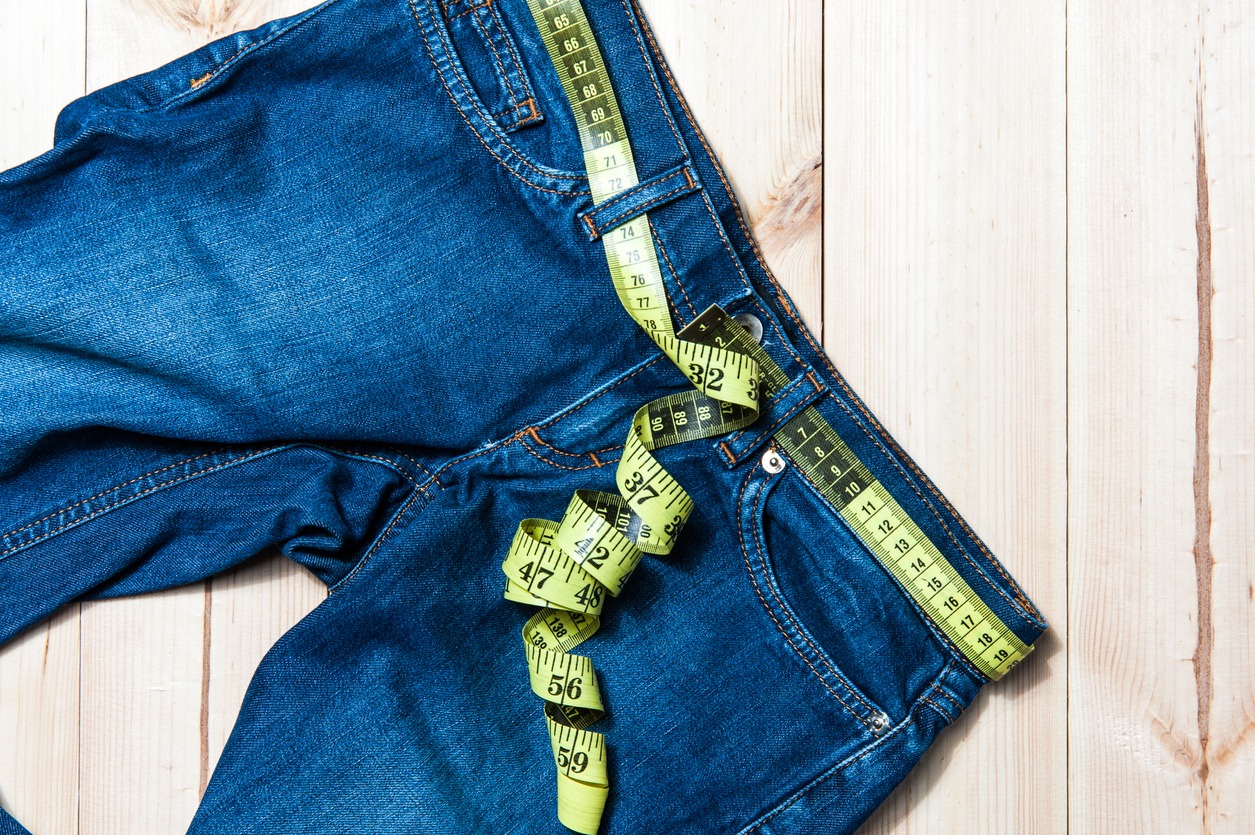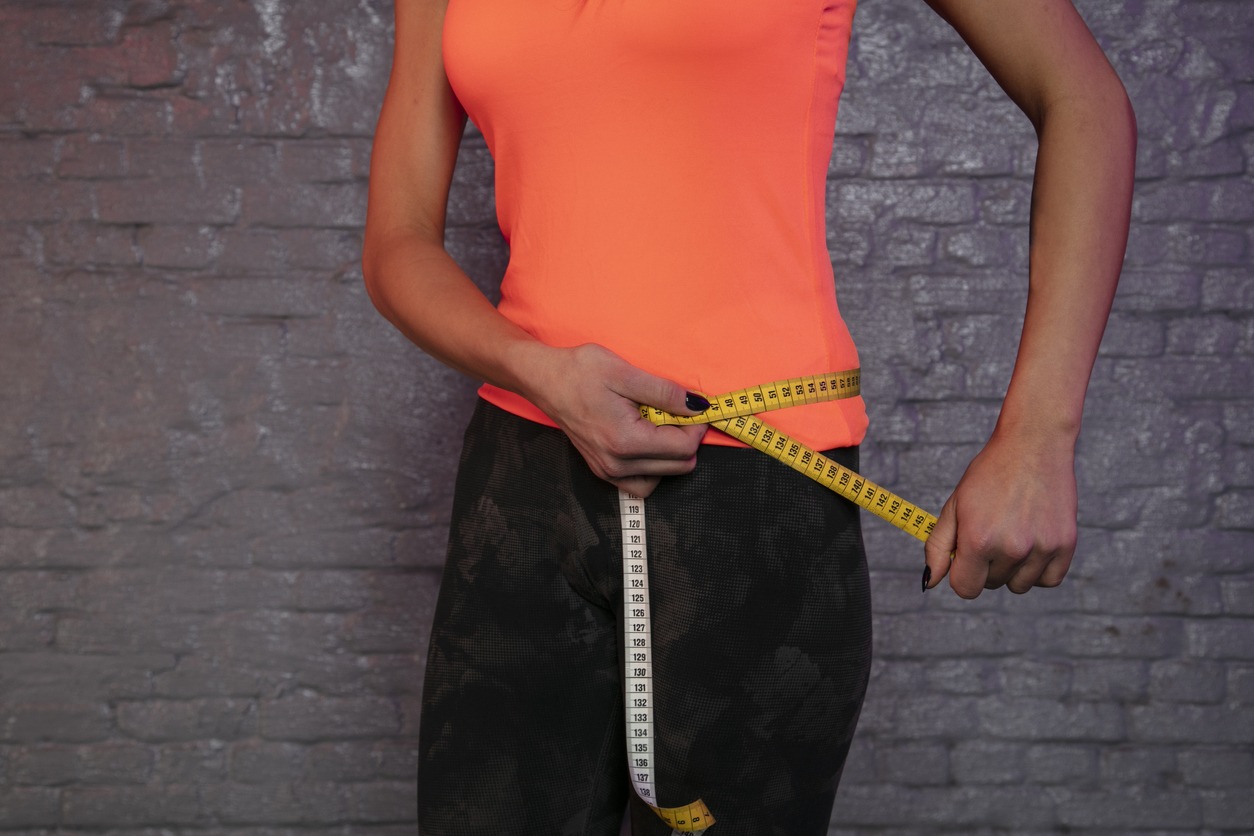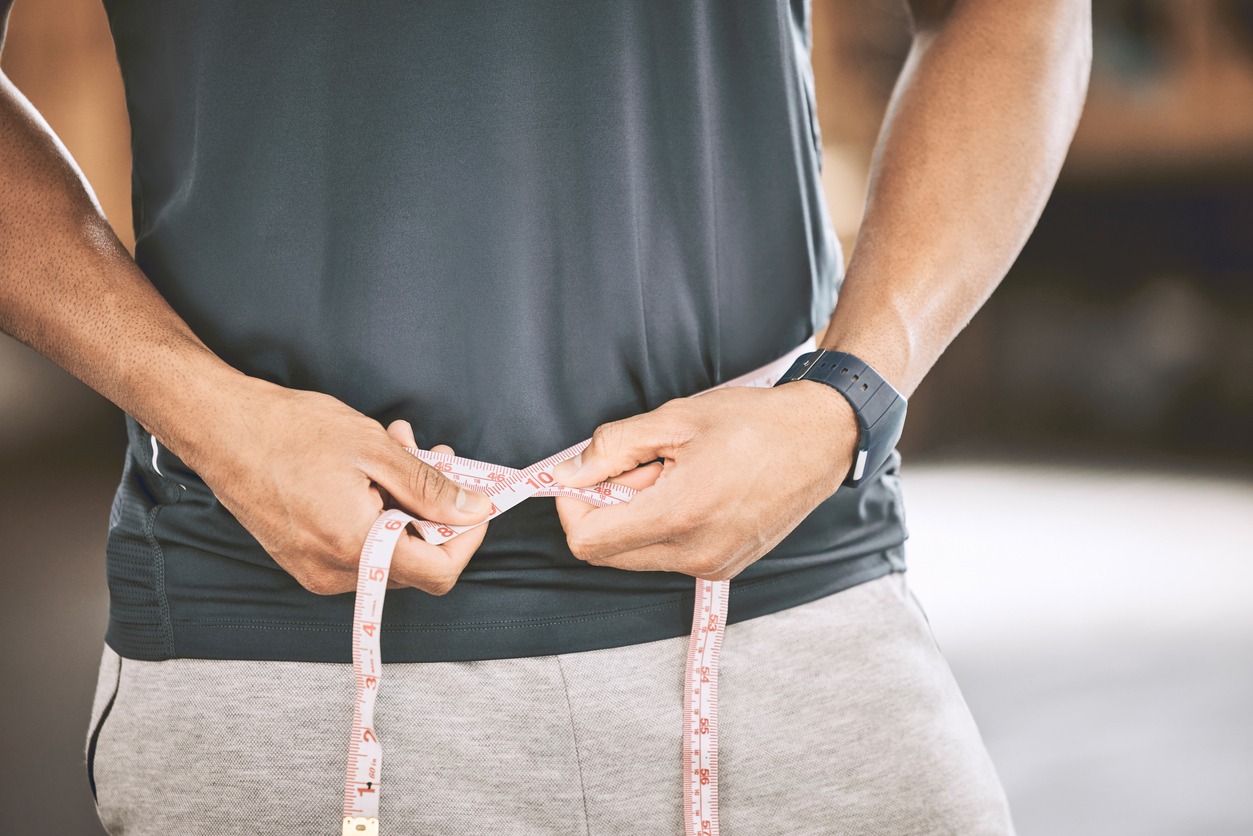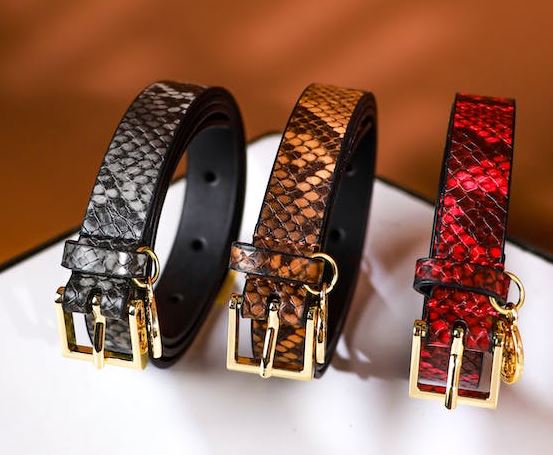Belts are an essential accessory for every ensemble, but choosing one that fits well can be difficult. A leather belt of the incorrect size can make your outfit seem sloppy and cause all-day discomfort. Measuring oneself prior to making a purchase is the greatest approach to ensure a flawless fit.
Here’s a walk-through of the entire process of measuring for a new belt:
How to determine your belt size?
1. Self-measurement
Your belt size can be determined most accurately by measuring your own waist or hip circumference. Here are the steps:
Tools:
- Material measuring tape
- The attire for which you intend to utilize the belt (jeans, trousers, dress, etc.)
- Mirror (optional)
Step 1: Wear the clothes you intend to pair with your new belt. Pull your jeans up to the customary length and tuck in your shirt if that is how you normally dress.
Step 2: Thread the tape measure through the belt loops of your pants, as shown in the illustration. If you desire a hip or waist belt, measure your natural waistline or the height at which you would normally wear the belt.
Our belts can be used with jeans, dresses, kilts, and other garments. Determine where you will wear your belt. If you wear it at your natural waist, for instance, measure there. If you wear it on your hips, measure through a pair of pants’ belt loops.
Step 3: Pull the measuring tape snugly, but not too tightly. Notate your measurements to the closest quarter-inch. Utilize a mirror or a buddy for assistance if necessary in order to obtain the precise measurement.
Step 4: Consult the belt size chart. The belt sizes given provide a range from the belt’s tightest to its loosest possible fit. Select the option where your measurement falls in the middle. Our objective is to create a belt for you that is initially snug and fits in one of the two center belt holes. For instance, if your waist measurement is 37.25 inches, you should purchase a size 36 belt.
2. Measure your current belt.
If you currently own a well-fitting belt, measuring it can be a simple and practical method for determining your size. This is how:
- Ensure that the buckle of your belt is not folded before laying it flat. Position the buckle on the left side of the belt.
- Measure from the far left end of the buckle to your preferred belt hole using a measuring tape.
- Purchase a belt of the same or slightly longer length.
3. Using your pants size.
Although this method is not quite as accurate as measuring yourself or your belt, it works well for the majority of men and some women.
Find a pair of jeans that fit you well and have a waist measurement in inches, such as 26 or 38. Add two inches to this waist measurement to determine the correct belt size.
Common Men’s Belt Sizes
Men’s belts are available in even-numbered inch sizes. This is beneficial for retailers since it allows them to purchase less stuff and sell it to the greatest number of people.
From the standpoint of the client, however, it can be restrictive. Men with small waists (under 30 inches) and men with waists larger than 46 inches will have difficulties locating belts in most retailers. Men on either end of this spectrum will have to shop online (where manufacturers tend to have more sizes), have a belt custom-made, or forego a belt altogether and use braces.
Women’s Belt Size
Belt sizing is not as straightforward for ladies as it is for males. Ultimately, women’s belts are not limited to lengths/sizes in inches, such as 30, 32, 34, etc., but are also available in number sizes corresponding to dress sizes, such as 10, 12, 14, etc. As an alternative to length measurement, belts for women may be branded with the alpha sizes extra-small (XS), small (S), medium (M), large (L), and extra-large (XL).
Can I simply measure my waist?
You can measure it, but it will not result in an appropriate measurement for off-the-rack pants and belts.
Pants and belts for males are typically offered in inches, leading one to believe that the measurements are accurate. They are not the same. Most of us learn this lesson the hard way the first time we’re measured for a custom or made-to-measure suit.
Your store-bought waist size is often two inches smaller than your real waist size. This indicates that if you are currently wearing 32-inch waist dress pants, your true waist size is probably closer to 34 inches.
If you measure your own waist and then purchase a belt based on that size, you will wind up with a belt that is far longer than necessary. Consider the size tag on your most comfortable pair of pants and proceed accordingly.
Important Facts Regarding Belt Sizes
- The belt size should be 2-3 inches larger than your actual pant or waist size to fit the material of your pants. If your pant size is 36″, a 38″ belt will fit you perfectly.
- If your pants/waist size is an odd number, such as 27, round up to the next even number size that exceeds the 2-inch margin, which would be size 30.
- Belts typically have five holes where the prong can be inserted. The prong of a well-fitting belt should fit into the third or middle hole.
- The majority of belt sizes in the United States are measured in inches, although some stores also provide alpha sizes XS through XL. In contrast, European countries measure belts predominantly in centimeters.
- As some pant manufacturers do not adhere to standard measurements, it is recommended that you measure your waist (with the trousers on and via the belt loops) rather than relying on the label or your other belts.
- It is best to avoid measuring your waist when you are wearing pants made of thick materials, as this may cause your waist to grow. This is why it is essential to measure yourself while wearing your pants and underwear.
- Sizes of belts must never be rounded down. It is significantly simpler to add a hole to a belt than to return and replace it.
- Belts made of leather tend to grow with time. Especially with braided belts. It is essential to note that a belt that initially fits uncomfortably will likely become more comfortable over time.
In conclusion
When selecting a belt, it is crucial to understand how belts are typically measured and labeled. Typically, belts are measured from where the leather folds at the buckle end to the middle hole at the tip end, and the size is stamped on the reverse of the belt.
If you are interested to learn about work belts, you may also read our Guide to Selecting Work Belts for the best tips and recommendations.




